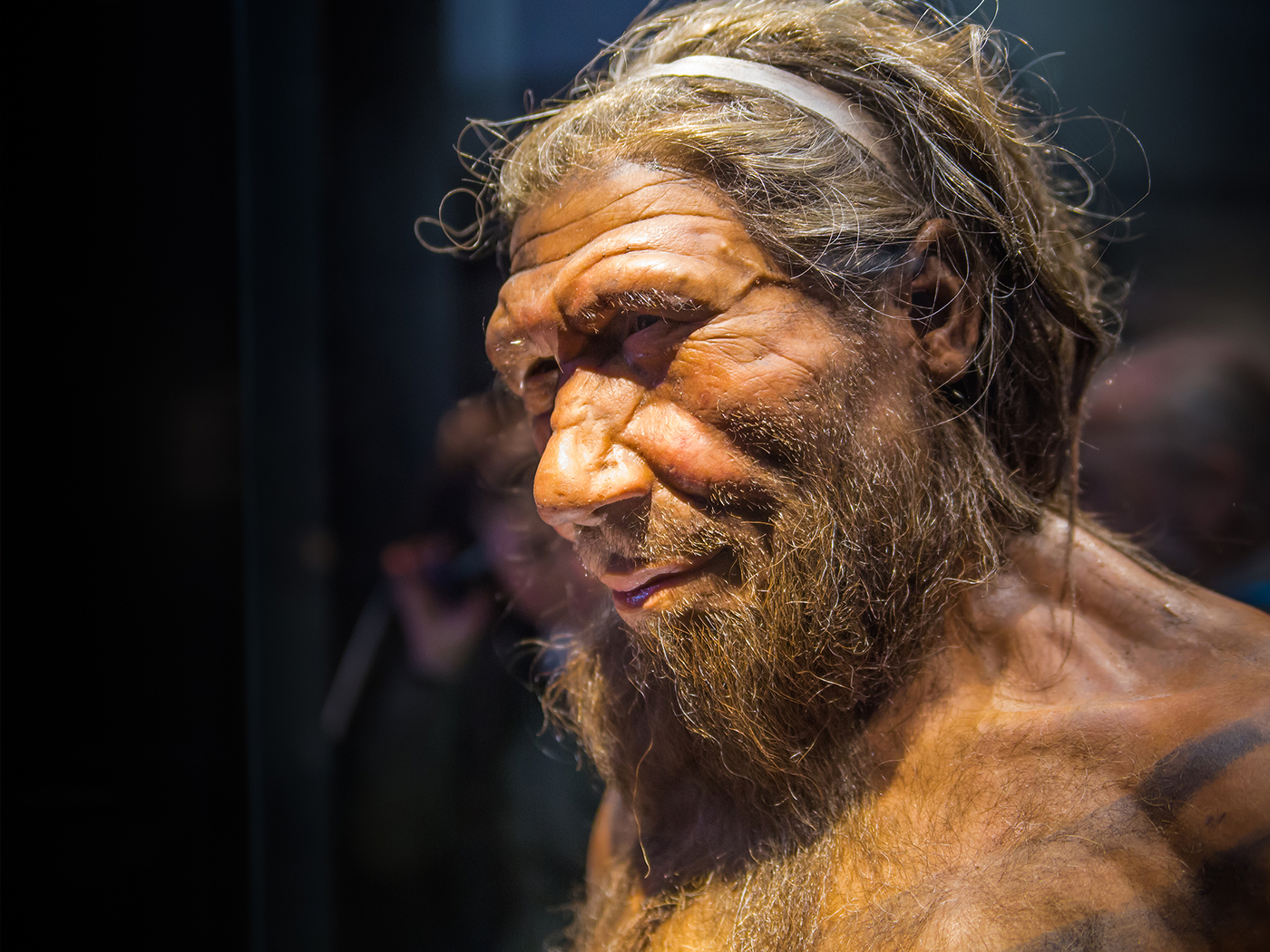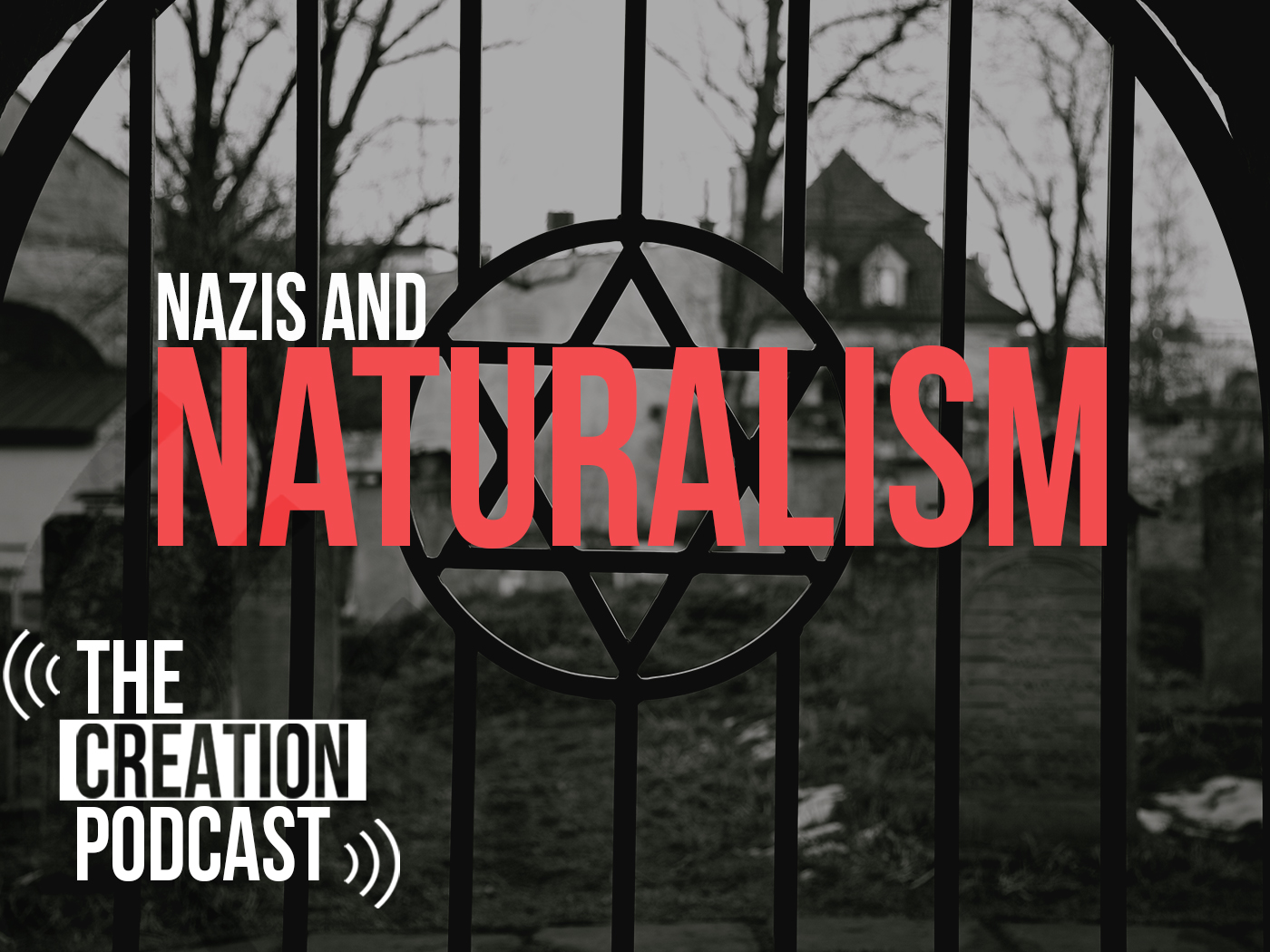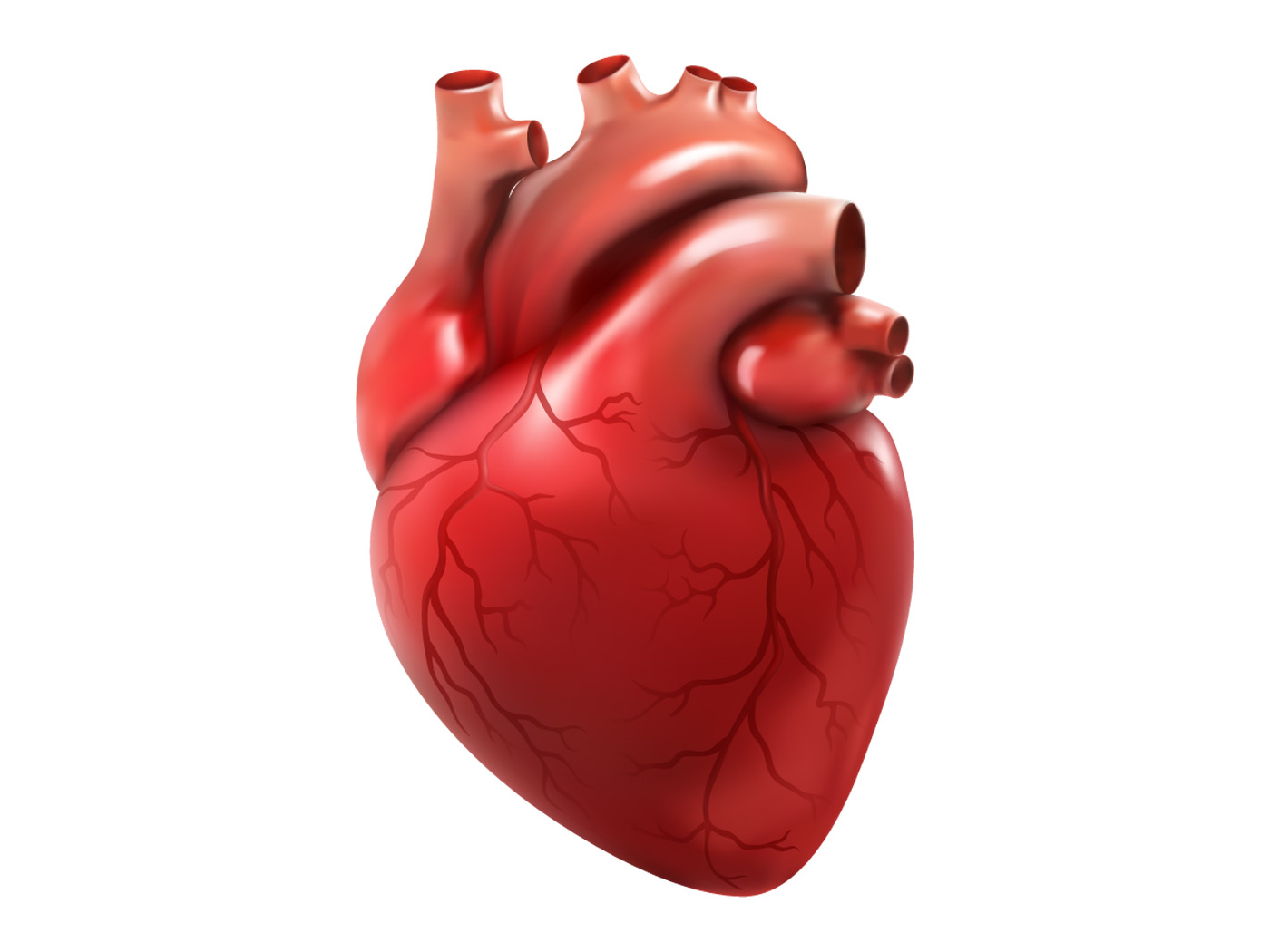Metabolism is the totality of chemical reactions that manage all of the molecular, material, and energy resources within an organism. Part of a creature’s metabolism would include, for example, respiration and digestion.
Evolutionists hypothesize that the process of metabolism spontaneously arose in the very distant past on Earth and is currently happening on other planets as they search in vain for extraterrestrial life.
A team of Rutgers scientists dedicated to pinpointing the primordial origins of metabolism—a set of core chemical reactions that first powered life on Earth—has identified part of a protein that could provide scientists clues to detecting planets on the verge of producing life.1
The Rutgers scientists feel that “one of the most likely chemical candidates that kickstarted life was a simple peptide with two nickel atoms they are calling ‘Nickelback,’” but their approach is cautious.
Their caution is well-founded. It takes enzymes (proteins) to make ‘pioneer peptides’ and precursor proteins, and those enzymes need to be folded precisely to be functional (i.e. polypeptides must be folded in an exact manner with amino acids having a chemical charge that determines final protein efficacy, not to mention the enzyme’s active site(s)). In order for this to happen, there must be genetic control, which sadly, did not evolve yet.
Is there a naturalistic explanation for the origin of enzymes? Evolutionists can only suggest that, “All of the enzymes that exist in nature are the product of Darwinian evolution, by means of natural selection.”2 This is not a scientific answer, and such statements simply parrot the conventional Darwinian party line of natural selection.3 In fact, "How natural selection operates at the molecular level [e.g., enzymes] is a major problem in evolutionary biology.“4
Importantly, modern biochemical research is focused on in-depth studies of ‘omics’ (e.g. transcriptomics, genomics, proteomics, etc.), which also includes metabolomics—the "systematic study of the unique chemical fingerprints that specific cellular processes leave behind."5 These ‘fingerprints’ represent all the metabolites in cells, tissues, organs and organ systems that not only regulate every cellular process, but also represent the final products of each process. In simple terms, the study of metabolomics reveals all biochemical functions of an organism. And, since organisms are complete units of life, there is yet no known, or even suggested, natural process that could account for the step-by-step construction of the highly complex metabolisms found within and across the spectacular diversity living systems of our planet. In this context, evolution by natural selection is impotent. Only an omnipotent Creator could design and engineer such vital metabolic biology—thus the ‘fingerprints’ must belong to Him!
Given such a questionable theory of evolution, what are the primordial origins of metabolism?
The emergence and evolution of metabolic pathways represented a crucial step in molecular and cellular evolution. In fact, the exhaustion of the prebiotic supply of amino acids and other compounds that were likely present in the ancestral environment, imposed an important selective pressure, favoring those primordial heterotrophic cells which became capable of synthesizing those molecules.6
But what is this ethereal selective pressure? According to evolution, it’s the, “pressure exerted by the environment through natural selection, on evolution. Thus, weak selection pressures result in little evolutionary change and vice versa.”7 The environment exerts pressure? Is it any wonder that some are asking, “If Darwin’s theory explains everything so well, why hasn’t anyone shown how it works at the minutest level, biochemistry? If it doesn’t work there, it doesn’t work anywhere.”8
Regardless, evolutionists refer back a billion years to an unknown, unobservable eukaryotic common ancestor to make their case, and they maintain that it must have been incredible.
It has been made credible that the last eukaryotic common ancestor (more than 1 billion years ago) has been an amalgam [mixture] of several cellular organisms containing their specific metabolic pathways and signaling tool kits. During evolution, these tool kits diversified as the species diversified being part of the Cambrian explosion.9
However, the question of how metabolic pathways evolved is still unsolved, “...how multicomponent interlocked systems, like metabolic pathways, evolved is largely an open question.”10 Creationists maintain in the beginning when God created life, the creatures had the various metabolic pathways in place and fully functioning.
References
- Science Writer. Scientists identify substance that may have sparked life on Earth. Phys.org. Posted on phys.org March 10, 2023, accessed March 11, 2023.
- Joyce, G.F., "Evolutionary Chemistry.” Science, vol. 276, June 1997, p. 1658.
- Guliuzza, R. Natural Selection Is Not ‘Nature’s Design Process.’ Acts & Facts. 39 (4): 10-11.
- Yokoyama, S., "Color vision of the Coelacanth" The Journal of Heredity, May/June 2000, p. 217.
- Davis B (April 2005). "Growing pains for metabolomics". The Scientist. 19 (8): 25–28.
- Fani, R. and Fondi, M. 2009. Origin and evolution of metabolic pathways. Physics of Life Reviews. 6(1): 23-52. Emphasis added.
- Allaby, M. 2020. Dictionary of Zoology, Oxford University Press. 556.
- Gilson, T. Darwin Devolves: Another Huge Advance Against Darwinism and for Intelligent Design. Posted on evolutionnews.org March 8, 2019, accessed March 11, 2023.
- Poelmann, R. and A. Gittenberger-de Groot. 2019. Development and evolution of the metazoan heart. National Center for Biotechnology Information. 248(8): 634-656.
- Noda-Garcia, L. et al, G. 2018. Metabolite-Enzyme Coevolution: From Single Enzymes to Metabolic Pathways and Networks. Annual Review of Biochemistry. V. 87, 187.
* Dr. Sherwin is science news writer at the Institute for Creation Research. He earned an M.A. in zoology from the University of Northern Colorado and received an Honorary Doctorate of Science from Pensacola Christian College.





















